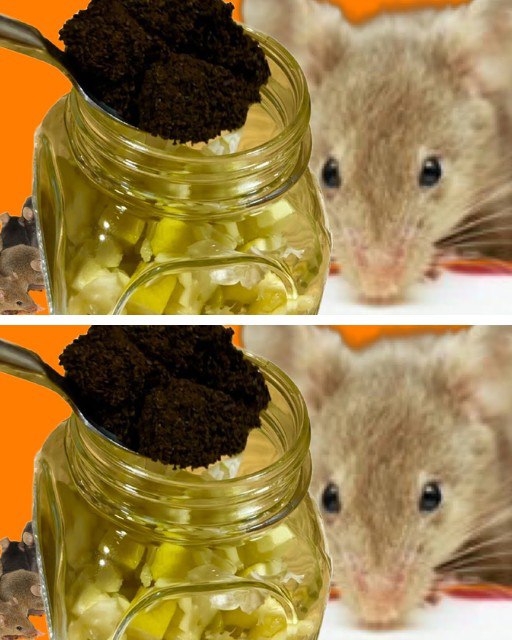ADVERTISEMENT
**How to Use:**
– Soak cotton balls in peppermint oil and place them near entry points, such as doors, windows, and vents.
– Refresh the cotton balls with oil every few days to maintain their potency.
**Safety Note:** Eucalyptus oil is toxic to cats and dogs, so use it cautiously if you have pets. citeturn0search1
### 2. Clove Oil
Clove oil emits a strong, spicy scent that rodents find unpleasant.
**How to Use:**
– Place whole cloves or cotton balls soaked in clove oil in areas where you’ve noticed rodent activity.
– Replace or refresh the cloves or oil-soaked cotton balls every week.
**Safety Note:** Ensure that clove oil is kept away from children and pets, as it can be harmful if ingested.
### 3. Eucalyptus Oil
The pungent aroma of eucalyptus oil can effectively repel rodents.
**How to Use:**
– Apply a few drops of eucalyptus oil to cotton balls and place them near suspected entry points and nesting areas.
– Reapply the oil every few days to maintain its effectiveness.
**Safety Note:** Eucalyptus oil is toxic to cats and dogs; use it cautiously if you have pets. citeturn0search1
### 4. Garlic
The strong, pungent smell of garlic is highly effective against rodents.
**How to Use:**
– Place cloves of garlic near entry points and areas where you’ve observed rodent activity.
– Replace the garlic every few weeks to ensure the scent remains potent.
**Safety Note:** While garlic is generally safe, excessive amounts may cause mild irritation in some individuals.
### 5. Lavender
Despite its pleasant scent to humans, lavender is overwhelming to rodents.
**How to Use:**
– Place sachets of dried lavender or lavender oil-soaked cotton balls in areas prone to rodent activity.
– Refresh the lavender every few weeks to maintain its effectiveness.
**Safety Note:** Lavender is generally safe; however, excessive amounts may cause mild irritation in some individuals.
### 6. Cinnamon
The intense spicy smell of cinnamon is another scent that mice and rats avoid.
**How to Use:**
– Sprinkle cinnamon powder or place cinnamon sticks in areas where mouse activity has been noticed.
– Reapply as needed to maintain the scent barrier.
**Safety Note:** Cinnamon is safe for humans and pets in typical household amounts.
### 7. Ammonia
Ammonia mimics the scent of predators’ urine, instilling fear and deterring mice from entering treated areas.
**How to Use:**
– Create a diluted ammonia solution and use it to clean floors, corners, and entry points.
– Alternatively, soak rags in ammonia and place them near suspected entry points.
**Safety Note:** Use ammonia in well-ventilated areas and keep it away from children and pets.
### 8. Mothballs
The strong chemical smell of mothballs is effective in repelling rodents.
**How to Use:**
– Place mothballs in areas where you’ve observed rodent activity, such as attics, basements, and closets.
– Use mothballs sparingly and ensure they are placed in areas inaccessible to children and pets.
**Safety Note:** Mothballs contain naphthalene, which can be toxic if ingested or inhaled over prolonged periods. Use with caution. citeturn0search2
### 9. Black Pepper
Black pepper contains piperine, which produces a pungent and irritating odor that can overwhelm rats and mice.
**How to Use:**
– Sprinkle black pepper around areas where you’ve noticed rodent activity, such as entry points and nesting sites.
– Reapply as needed, especially after cleaning or disturbances.
**Safety Note:** Black pepper is safe for humans and pets in typical household amounts.
### 10. Bay Leaves
Bay leaves emit a smell that mice find repulsive, although it is quite pleasant to humans.
**How to Use:**
– Place whole bay leaves in cupboards, drawers, and areas where food is stored to keep mice away.
– Replace the leaves every few months to maintain their effectiveness.
**Safety Note:** Bay leaves are safe for humans and pets; however, they
